I have such power supply circuit:
It can be powered from battery/wall adapter or from USB.
1) When I connect USB, then the 5V from the USB goes to SMPS output. Is that ok? It has EN pin, but I don't know.
2) What happens if a user connects both USB and battery at the same time?
Especially what happens If there's computer plugged to the USB and I connect battery?
3) Do you know any ICs that could multiplex power supply? Something like: I connect USB PS and battery PS to the chip, it detects which one is present (or has control inputs) and send one of them to the output.
I know about LTC4412 but it's too expensive. I would like to avoid using diodes because of voltage drop (first power loss, second 5V won't be 5V any more).
